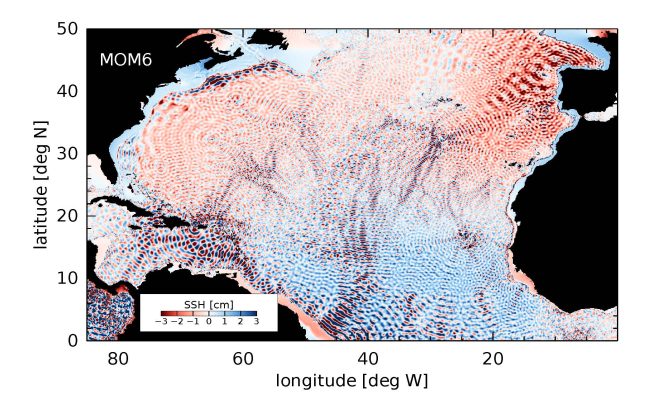Biden-Harris Administration announces $6.6M for new Data Assimilation Consortium to improve weather forecasting through Investing in America agenda
The NOAA Weather Program Office announces the award of a $6.6M Data Assimilation Consortium to advance the Data Assimilation science and research, foster collaboration, student training and exchange of experts using the UFS model.









